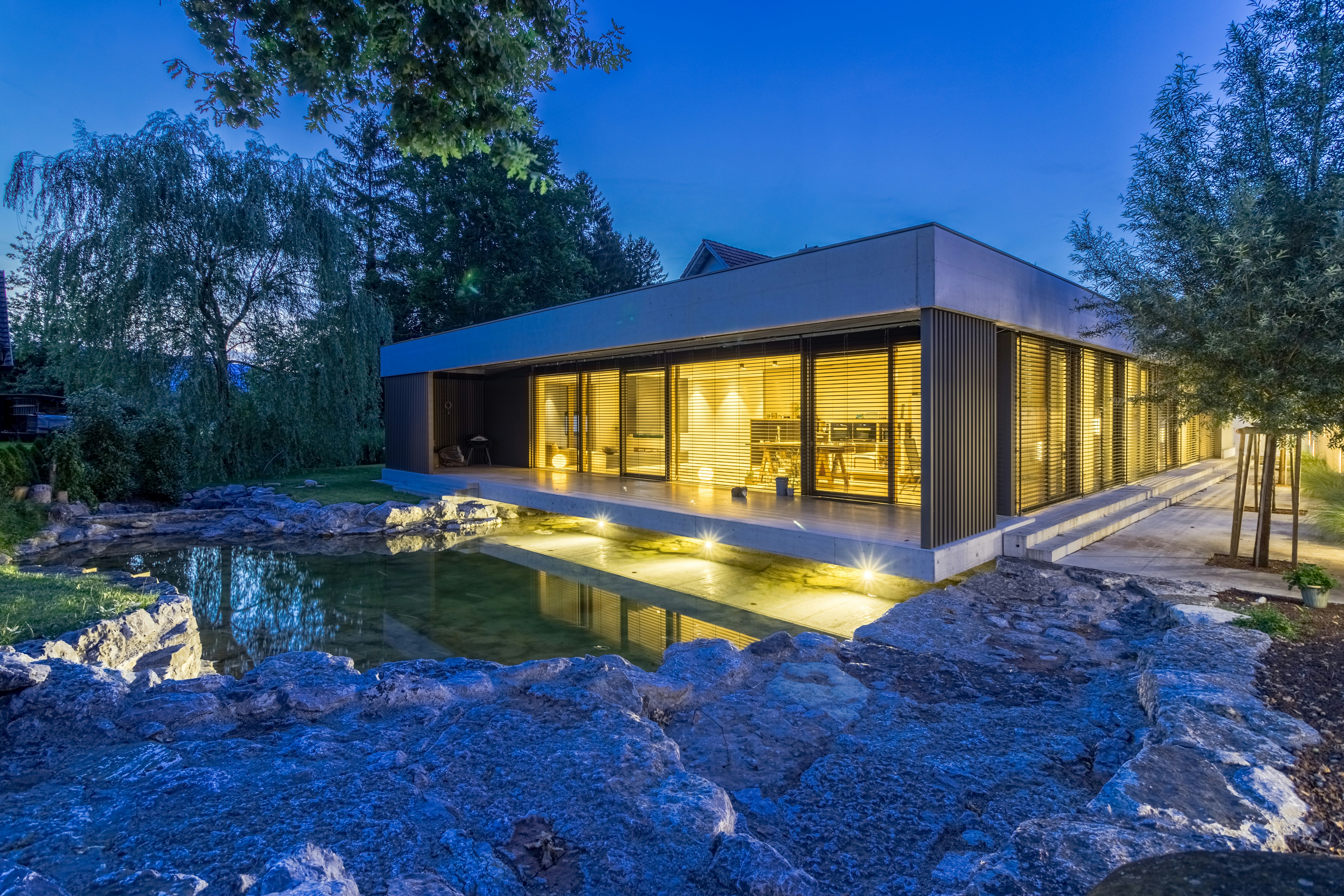Decoding the Tiny House Movement: A Comprehensive Analysis
The tiny house movement has caught urban America by an irresistible need for simplicity skillfully combined with finance-friendly living. This piece takes a lense to this intriguing narrative of footprint-friendly abodes shaping the real estate industry dynamics.

A Walk Through the Era of Compact Homes
The inception of tiny houses stretches back to the Gold Rush in the 19th century when pioneers found refuge in “shotgun houses”. Today’s tiny homes draw parallels to those archaic structures, preaching simplicity and austerity. With a sharper focus on sustainable living and underpinned by a variety of legal, cultural, and economic narratives, this concept has facilitated the emergence of compact living spaces, here to stay.
Unravelling the Current Market Scenario
Dating back to the last decade, the Great Recession accelerated the tiny house living adoption with budget-constrained, unconventional millennials making up 63% of all buyers. The market registered growth of 6.99% during the period 2017-2021. In line with simple living trends in this era, consumers are eyeing houses spanning just 100 to 400 square feet, a drastic deviation from America’s traditional 2400 square foot homes.
Potential Investment Gains and Challenges
Choosing tiny homes extends beyond the boon of affordable houses. Investors are presented with low maintenance costs and a renter’s market enticed by reduced living expenses. While it bodes well for the finance-motivated investor, its legal constraints remain a double-edged sword. State laws, stumping mobility, zoning questions due to the vague classification of tiny homes, and lack of viable financing methods present significant hurdles. Consequently, the movement’s net potential balances on this precarious swing of financial gains and legal challenges.
Impacts on the Real Estate Trinity: Buyers, Sellers, and Investors
For potential homeowners, the movement is a golden opportunity to break free from the mortgage net, often taking over more than ten years to dissipate. Sellers find unexpected niches through homeowner downsizing spurred on by an antiques boom marking baby boomers’ lifestyle changes. And as investors keep visitor-related business interests fuelled, their shift towards mini homes while breaking free from high maintenance vacation rentals.
Logic, Magic and the Future of Tiny Houses
Experts suggest the smart living charisma driving these homes provides the apex of affordable living while practising sustainability. They contend, kleinumzügepaired with an advanced tech spin to tinyoe living is the next big trend in the changing US landscape seeking to juggle limited space with ever-growing population movements. This progressive thinking coinciding with revived concerns for ecological beauty predicts a healthy future for tiny houses - residual values for their stakeholders included.
Whether one hails it as creativity expression, experiences societal pushback, or envisions investment prospects, the tiny house movement indeed marks a bold step within the unfettered dynamism of real estate markets – A superhero in the ardent pursuit of sustainability, functionality and simplicity effortlessly weaved with financial viability.




